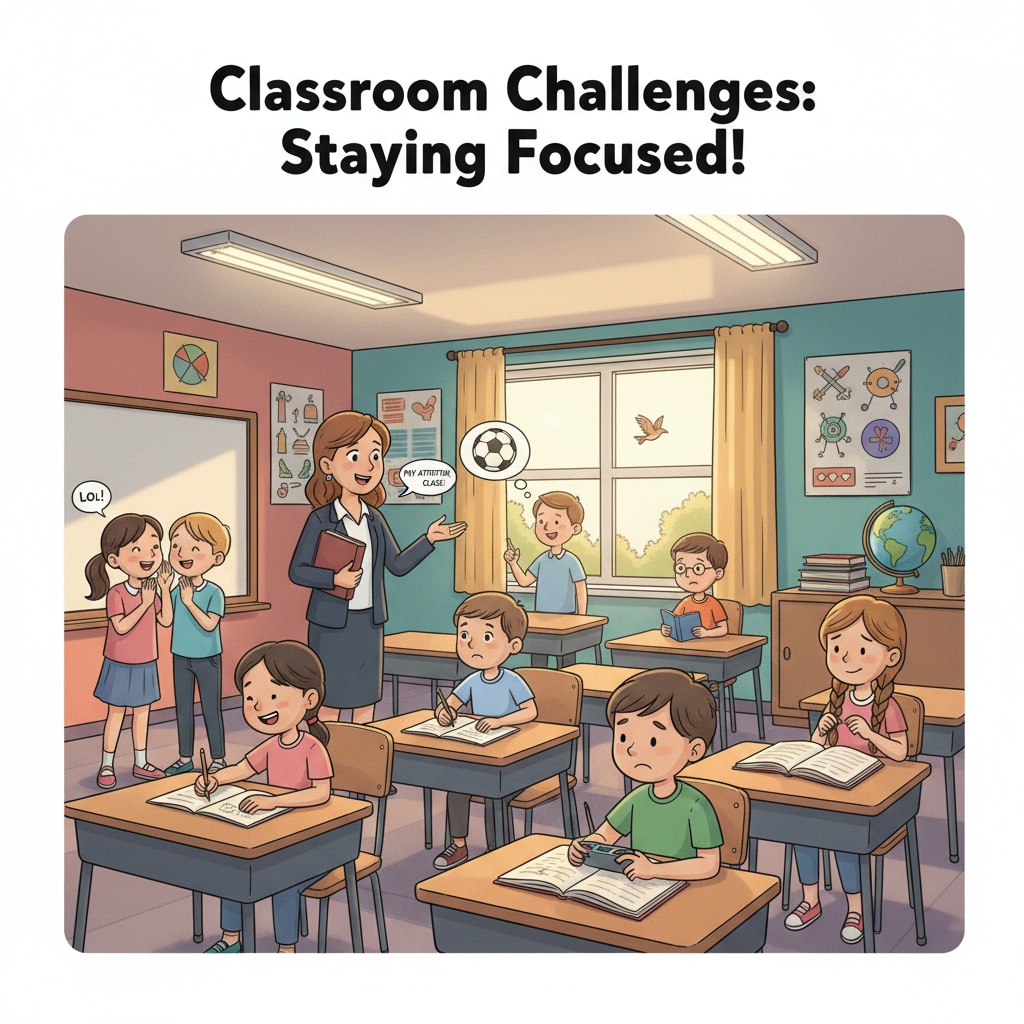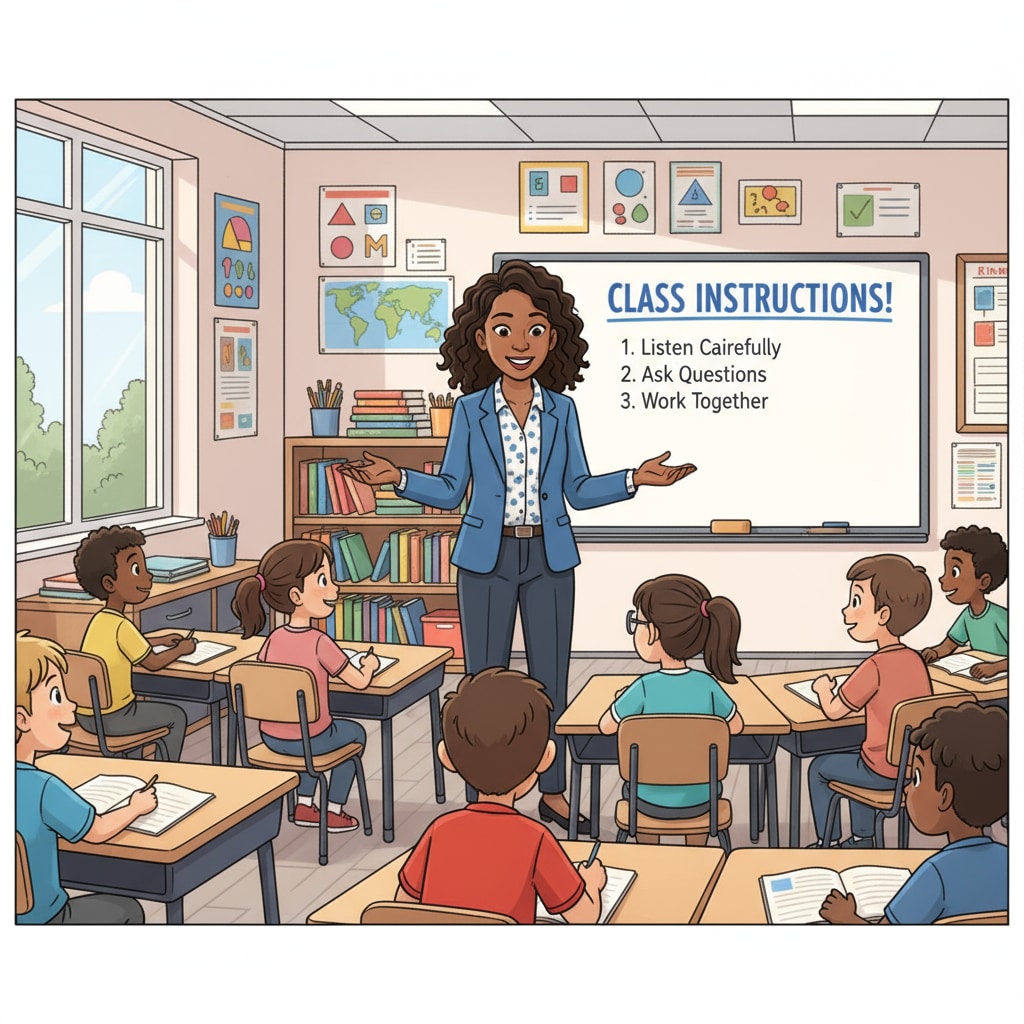Classroom instructions, student behavior, special education, and teaching strategies are crucial aspects in the field of education. Middle school English teachers often encounter a perplexing issue: seventh-grade students frequently do not follow classroom instructions. This problem not only disrupts the normal teaching order but also challenges the effectiveness of education. Understanding the reasons behind this phenomenon and finding appropriate solutions is essential for educators.

The Phenomenon of Ignoring Classroom Instructions
Many teachers have noticed that in the classroom, some junior high school students seem to “selectively deafen” when receiving instructions. For example, when the teacher asks students to open their textbooks to a specific page or start a group activity, a portion of students may delay or even completely ignore the request. This behavior can be frustrating for teachers and has a negative impact on the learning atmosphere. According to Classroom Management Strategies on TeachThought, such issues are not isolated cases but rather a common challenge in the educational environment.
Underlying Reasons for Non-compliance
There are several factors contributing to this problem. Firstly, the transition from primary school to junior high school can be a significant adjustment for students. The new learning environment, increased academic pressure, and more complex social relationships may cause some students to feel overwhelmed. As a result, they may have difficulty focusing on classroom instructions. Secondly, individual differences among students play a role. Some students may have special educational needs that affect their ability to understand and follow instructions. These could include learning disabilities or attention deficit disorders. Additionally, the teaching methods employed may not be engaging enough for all students. If the instructions are presented in a monotonous or unclear way, students are more likely to tune out. For instance, Understanding Student Behavior on Education.com points out that student behavior is closely related to the teaching approach.

To address this issue, teachers can adopt a variety of teaching strategies. One effective approach is to simplify instructions. Use clear and concise language, break down complex tasks into smaller steps, and repeat important points. This can help students better understand what is expected of them. Another strategy is to make the instructions more engaging. Incorporate games, competitions, or real-life examples into the tasks. For example, when asking students to practice English grammar, create a grammar game where students can earn points for correct answers. Moreover, for students with special educational needs, individualized support should be provided. This may involve working with special education teachers to develop personalized learning plans. By implementing these strategies, teachers can improve students’ compliance with classroom instructions and enhance the overall teaching quality.
Readability guidance: This article uses short paragraphs to clearly present ideas. Each section focuses on a key aspect related to classroom instructions and student behavior. By analyzing the reasons and providing practical strategies, it aims to help educators better handle this common teaching dilemma. The use of external links provides additional resources for further exploration.


